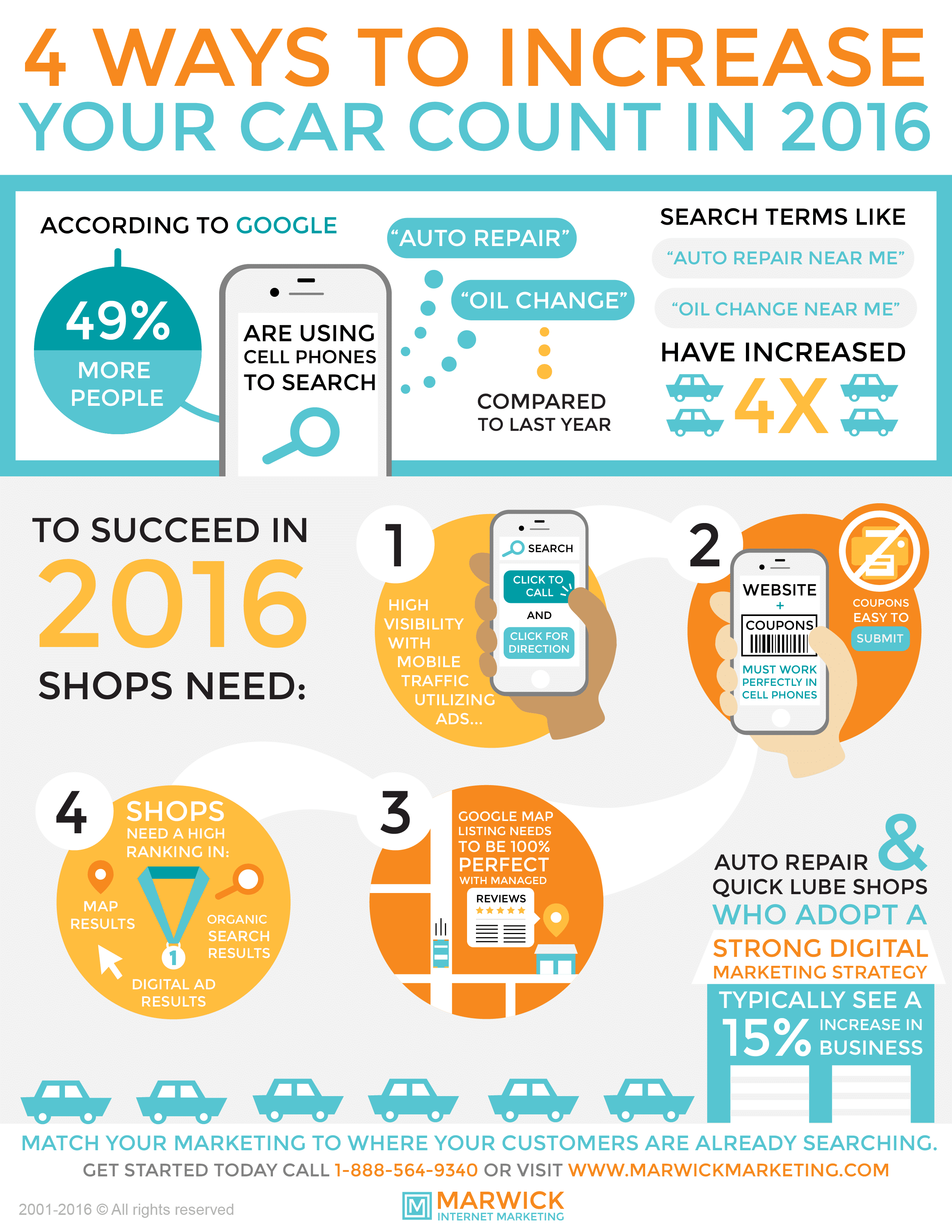Understanding The Definition Behind Your Car'S Caution Lights: A Comprehensive Look
Understanding The Definition Behind Your Car'S Caution Lights: A Comprehensive Look
Blog Article
Post Writer-Faulkner Torres
When you lag the wheel, those beautiful caution lights on your control panel can be a little bit bewildering. Do you know what they're attempting to tell you regarding your auto's wellness? Comprehending the importance of these lights is important for your safety and the longevity of your car. So, the next time among those lights pops up, would not you want to decipher its message precisely and take the needed steps to address it?
Common Caution Lights and Interpretations
Recognize usual warning lights in your cars and truck and understand their significances to make sure secure driving.
One of the most regular warning lights include the check engine light, which indicates problems with the engine or emissions system. If this light comes on, it's essential to have your lorry checked without delay.
The oil stress advising light suggests low oil pressure, needing prompt interest to stop engine damages.
A flashing battery light may suggest a malfunctioning billing system, potentially leaving you stranded otherwise resolved.
The tire stress monitoring system (TPMS) light signals you to reduced tire stress, impacting vehicle stability and gas performance. Disregarding this might lead to hazardous driving conditions.
The abdominal muscle light suggests an issue with the anti-lock stopping system, endangering your capability to stop rapidly in emergencies.
Finally, the coolant temperature level cautioning light warns of engine overheating, which can cause extreme damage if not fixed swiftly.
Recognizing these typical caution lights will assist you deal with issues immediately and keep safe driving conditions.
Relevance of Prompt Focus
Understanding the typical caution lights in your vehicle is just the very first step; the relevance of promptly dealing with these cautions can not be stressed enough to ensure your safety and security on the road.
When https://simonwrmfa.dailyblogzz.com/31732817/individual-journey-revitalizing-my-old-vehicle-with-a-weekend-outlining-project brightens on your dashboard, it's your vehicle's means of communicating a potential concern that needs focus. Neglecting https://www.ratchetandwrench.com/articles/12409-email-marketing-six-tips-for-better-results can bring about extra extreme issues in the future, jeopardizing your security and possibly costing you more in repairs.
Trigger attention to warning lights can stop breakdowns and accidents. For example, a blinking check engine light can suggest a misfire that, if left neglected, could cause damage to the catalytic converter. Addressing https://brakesplus06283.blogadvize.com/38255701/uncertain-regarding-choosing-a-car-service-center-check-out-professional-advice-on-exactly-how-to-determine-reliable-options-in-your-area-that-will-certainly-ease-your-problems can save you from a pricey repair.
In a similar way, a brake system cautioning light might signal reduced brake fluid or worn brake pads, crucial parts for your safety and security when driving.
Do It Yourself Troubleshooting Tips
If you observe a caution light on your control panel, there are a few DIY fixing suggestions you can try before looking for expert help.
https://daltonvndtk.madmouseblog.com/11739645/addressing-one-of-the-most-prevalent-myths-related-to-vehicle-repair-work is to consult your automobile's guidebook to recognize what the details warning light indicates. Occasionally the issue can be as easy as a loose gas cap causing the check engine light. Tightening the gas cap might fix the issue.
One more typical problem is a low battery, which can set off various alerting lights. Inspecting the battery links for corrosion and ensuring they're safe and secure could take care of the issue.
If a warning light persists, you can try resetting it by disconnecting the automobile's battery for a few mins and afterwards reconnecting it. Additionally, inspecting your vehicle's liquid levels, such as oil, coolant, and brake liquid, can aid troubleshoot alerting lights related to these systems.
Final thought
To conclude, recognizing your automobile's caution lights is essential for keeping your car running efficiently and securely. By promptly attending to these notifies and knowing what they indicate, you can avoid costly repair services and potential breakdowns.
Keep in mind to consult your cars and truck's guidebook for certain information on each alerting light and act accordingly to make sure a trouble-free driving experience.
Stay notified, stay risk-free when traveling!
